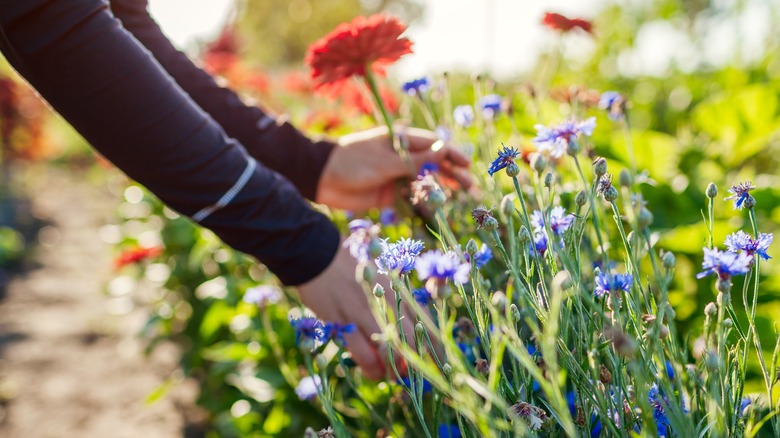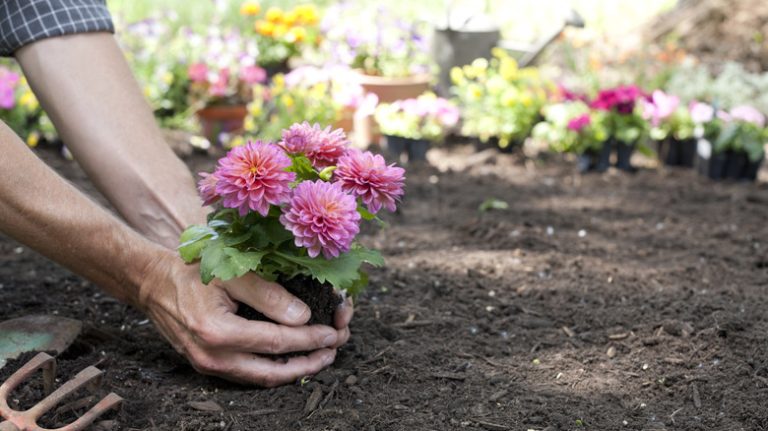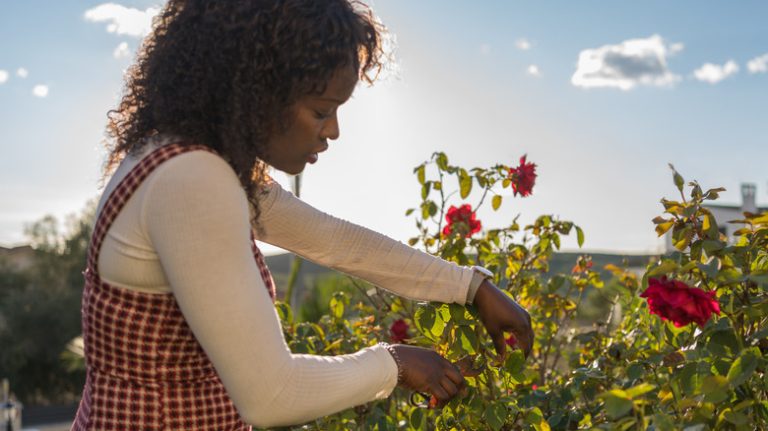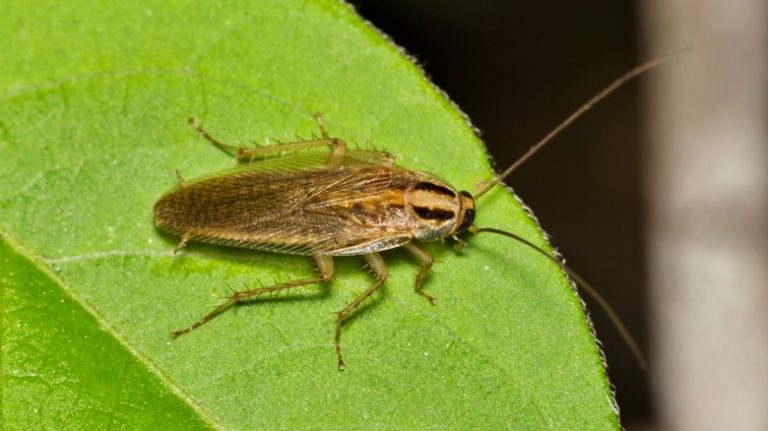Late summer-blooming annuals like cosmos, zinnias, hollyhocks, sunflowers, cleome, and calendula put out plenty of seeds as their flowering season winds down. You can collect these seeds and store them to plant the following spring. There’s no special skill needed to collect the seeds other than being able to pay attention to the changes in the flowers to know when the seeds are ready. Seed collecting should be done starting in early autumn once the dried seeds and pods begin to appear, using bags, jars, or envelopes to collect them.
Your summer blooming annuals produce seeds that are usually not cold hardy, so they’ll need to be stored over the winter until it’s warm enough to plant them in the spring. Store them in paper envelopes or glass jars, labeling them with the variety and the month/year collected. Some seeds will still be viable after a year, but it’s best to plant them the following spring if possible.
If you want to separate your seeds by color or variety, you’ll need to use labels or a permanent marker to mark your containers so you know which seeds are which. Even if you plant a mix of colors (with zinnias, for example), labeling by color allows you to keep them separate for the next planting. Some gardeners enjoy being able to create color blocks or palettes with annuals in their flower beds, and collecting your own seeds is a low-cost way of doing this.
How to harvest flower seeds
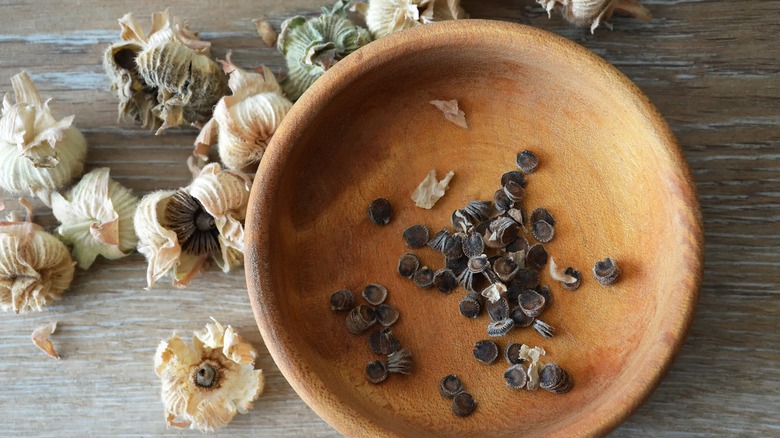
It’s important to wait until the seeds or pods have dried completely before separating them from the plant. These late blooming summer flowers have seeds that come in a variety of shapes and sizes, and the ways in which the plants store these seeds also vary. Learning to recognize how each plant produces it seeds helps you harvest them at the appropriate time. Most of these flowers begin to make their dry seeds available by late September and well into October.
Calendula, for example, have a pinwheel shaped cluster of curved seeds that stick together but can be easily separated from the plant once they dry. Hollyhock seeds come in a round pod made of papery skin; the seeds are flat and round inside. Cosmo seeds are very slender and small, almost like caraway seeds. Cleome seeds are tiny and round, and are stored in a long slender pod; once the pod dries it begins to split open and drop out the dried seeds.
Using your bare hands (instead of wearing gloves) can help you handle these delicate seed pods so you can avoid spilling any seeds. Keep a jar, baggie or envelope with you to collect them. If you don’t mind mixing them together, you can use a bowl or bucket. Don’t worry if a bit of dry plant debris is mixed in with the seeds, but keep them as clean as you can. Store in a cool, dry place.
Planting your collected seeds
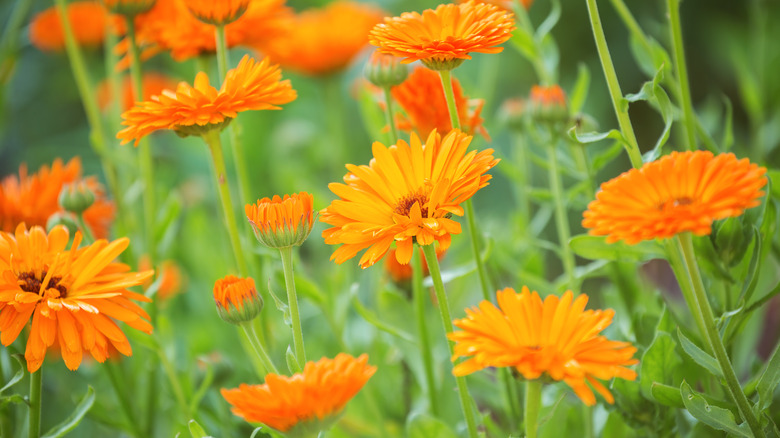
Your late summer seeds can be planted the following spring in one of two ways. You can plant them in seed trays (or egg cartons) with potting soil in a sunny warm spot indoors. Or you can wait until the last frost date has passed, and direct sow them in the ground in a sunny spot. Water them lightly until seedlings appear, and wait until seedlings are at least 2 inches high before thinning or transplanting them.
Once established, it’s possible your annuals may reseed on their own. If they don’t, it probably means your growing zone is too cold for them to perennialize. Fortunately, it is easy and very cost-effective to collect and save the seeds over the winter to plant in the spring.
This activity need not be limited to late summer annuals; you can also collect the seeds from spring bloomers like columbines (a perennial that reseeds freely), forget-me-nots, or bachelor buttons. Unlike the late-blooming annuals, you can plant the seeds of spring-blooming annuals in the fall, as they can tolerate a cold winter and will start to come up in early spring. So go ahead and sow those bachelor buttons in the fall, if desired. You can also plant them in early spring as soon as the ground can be worked.

